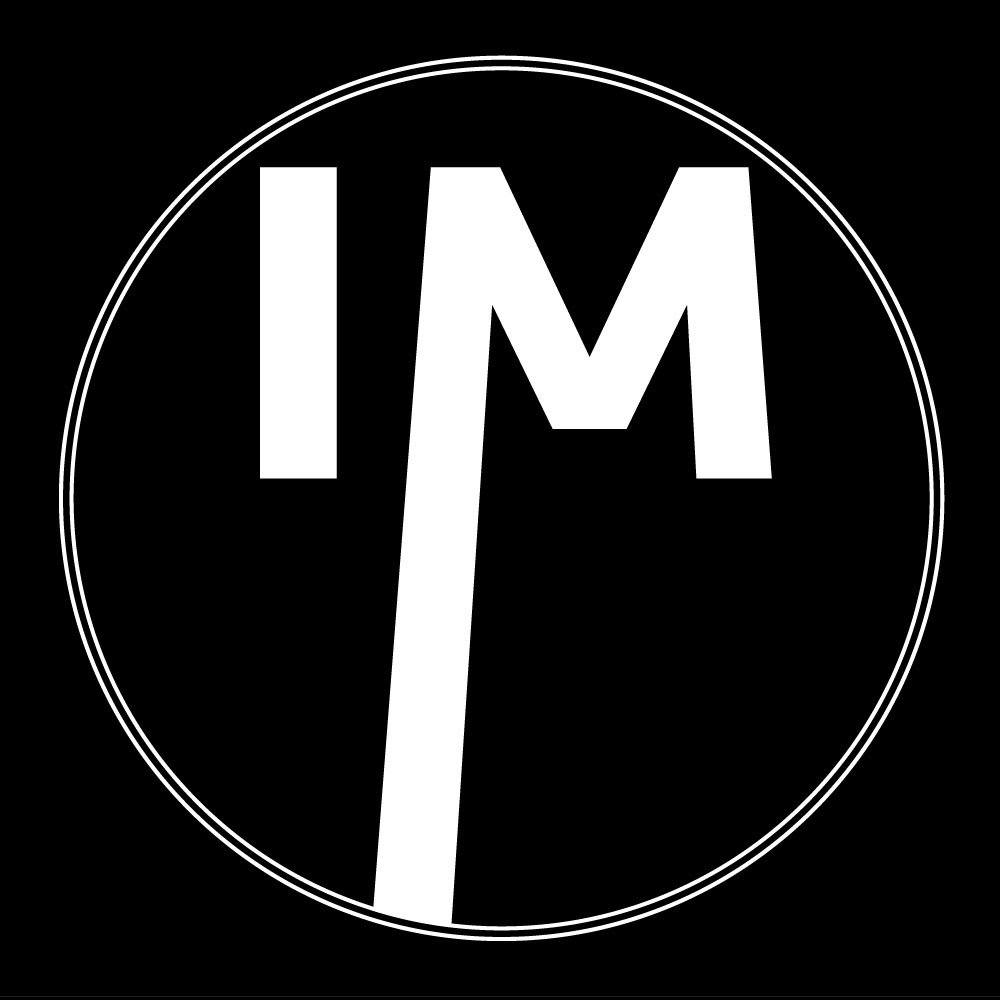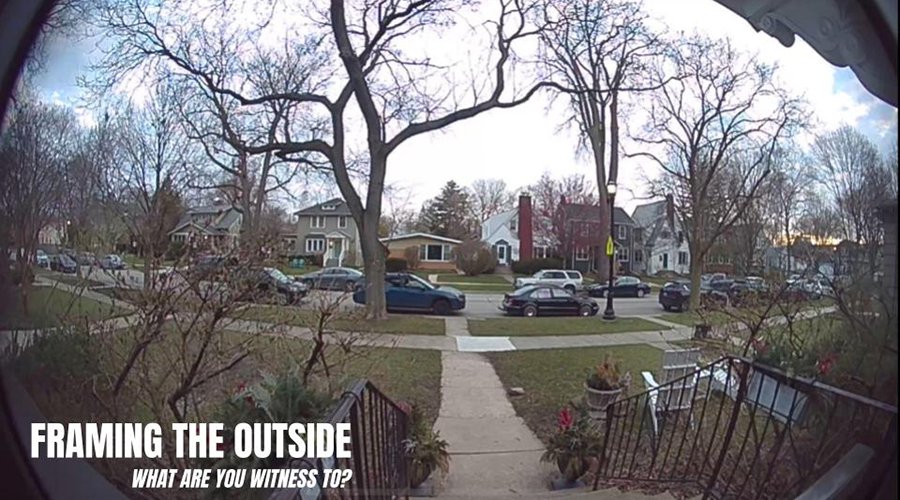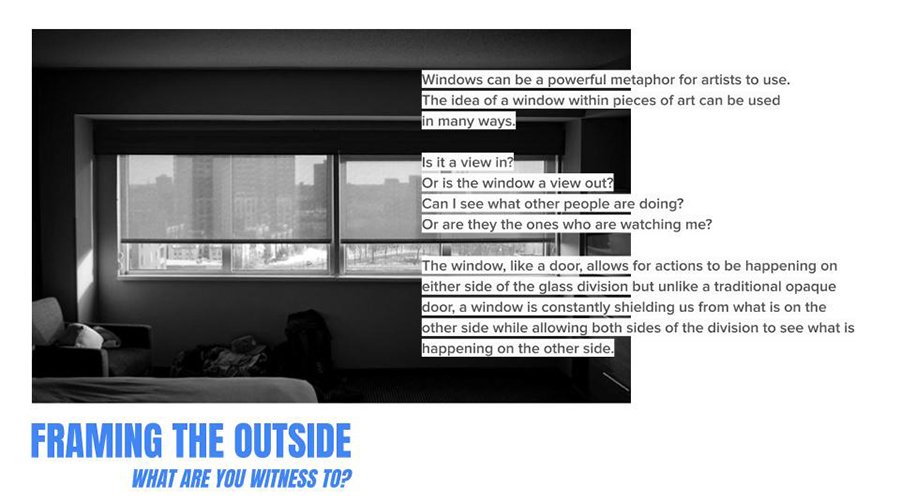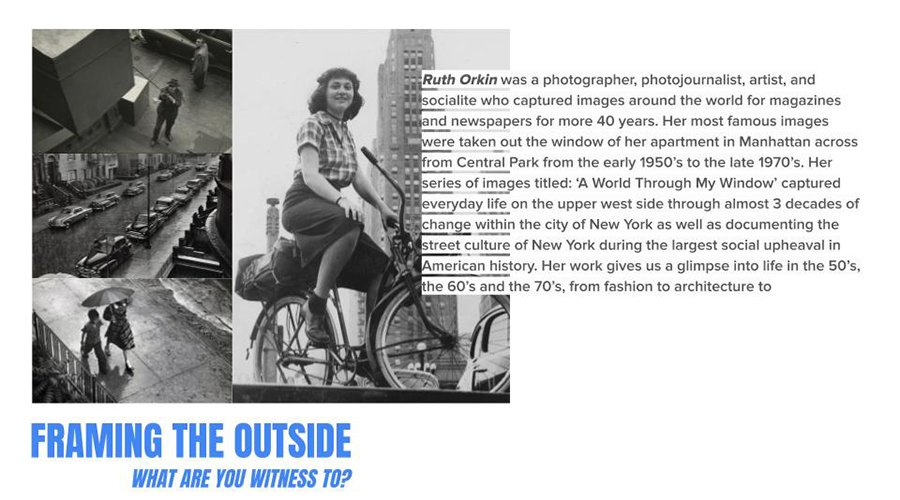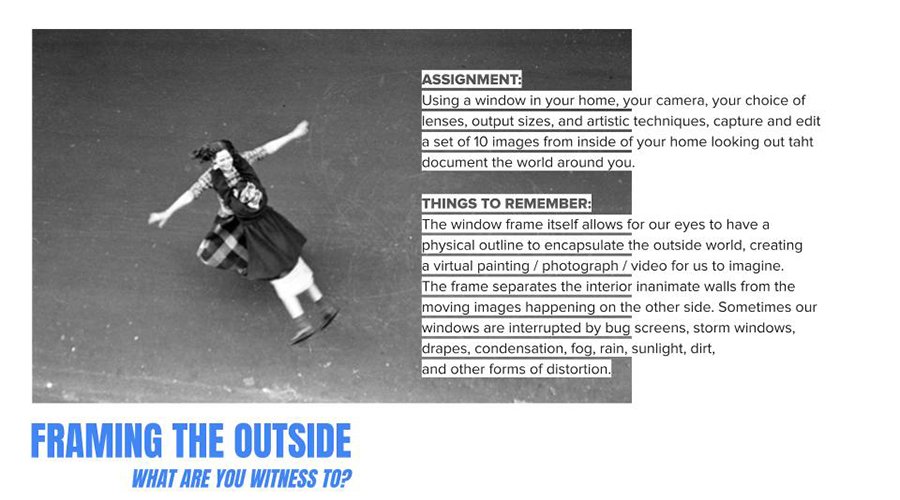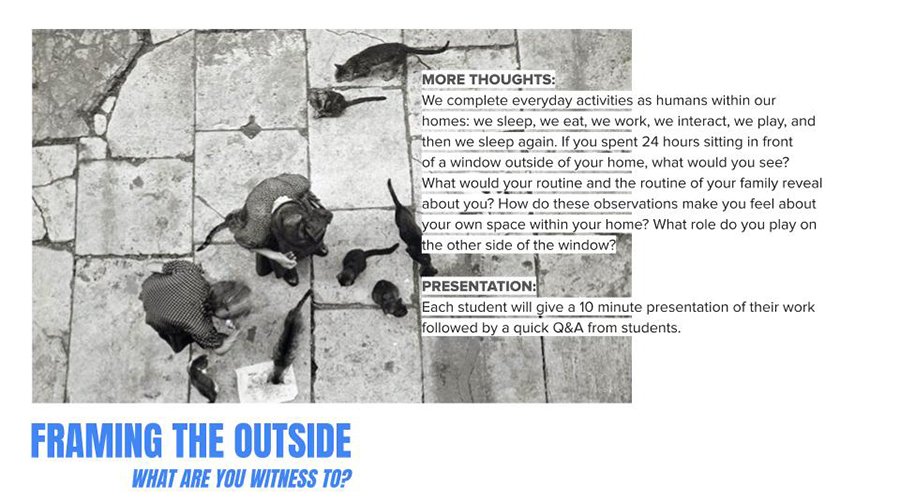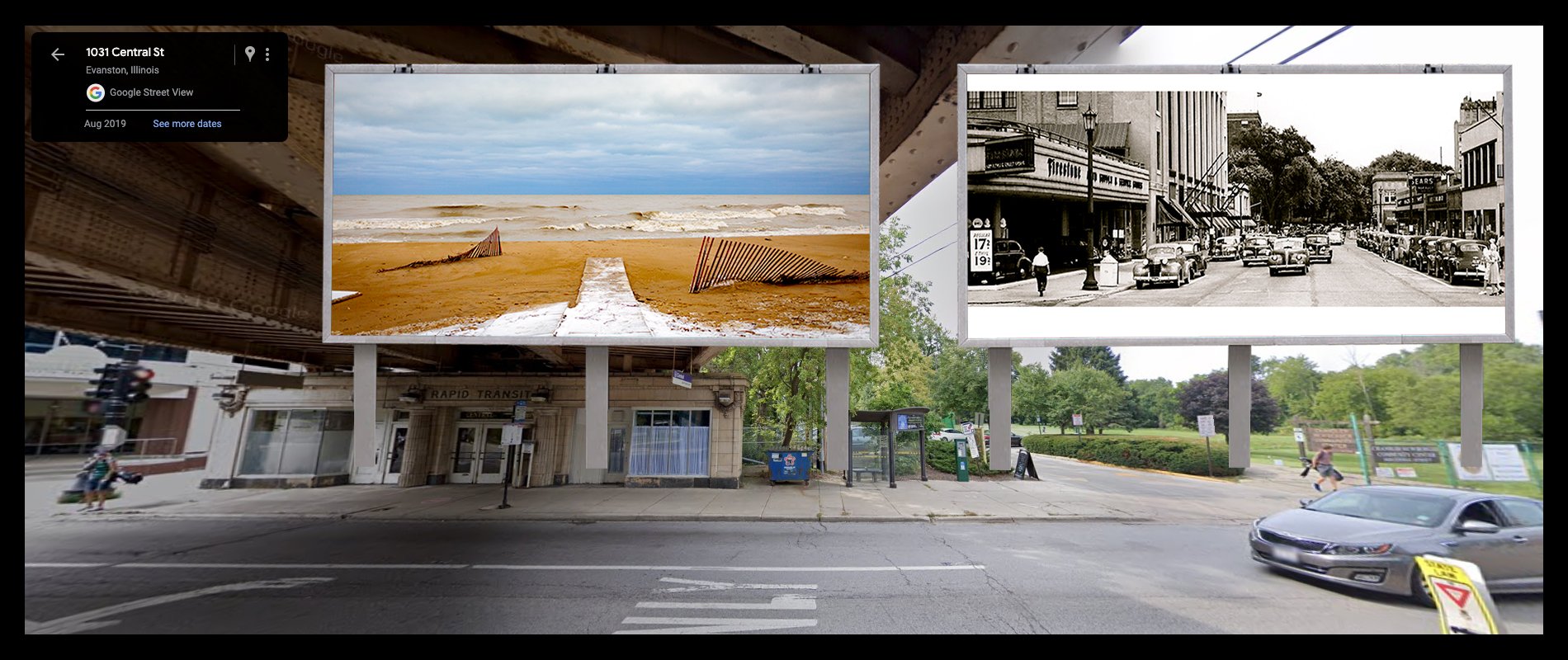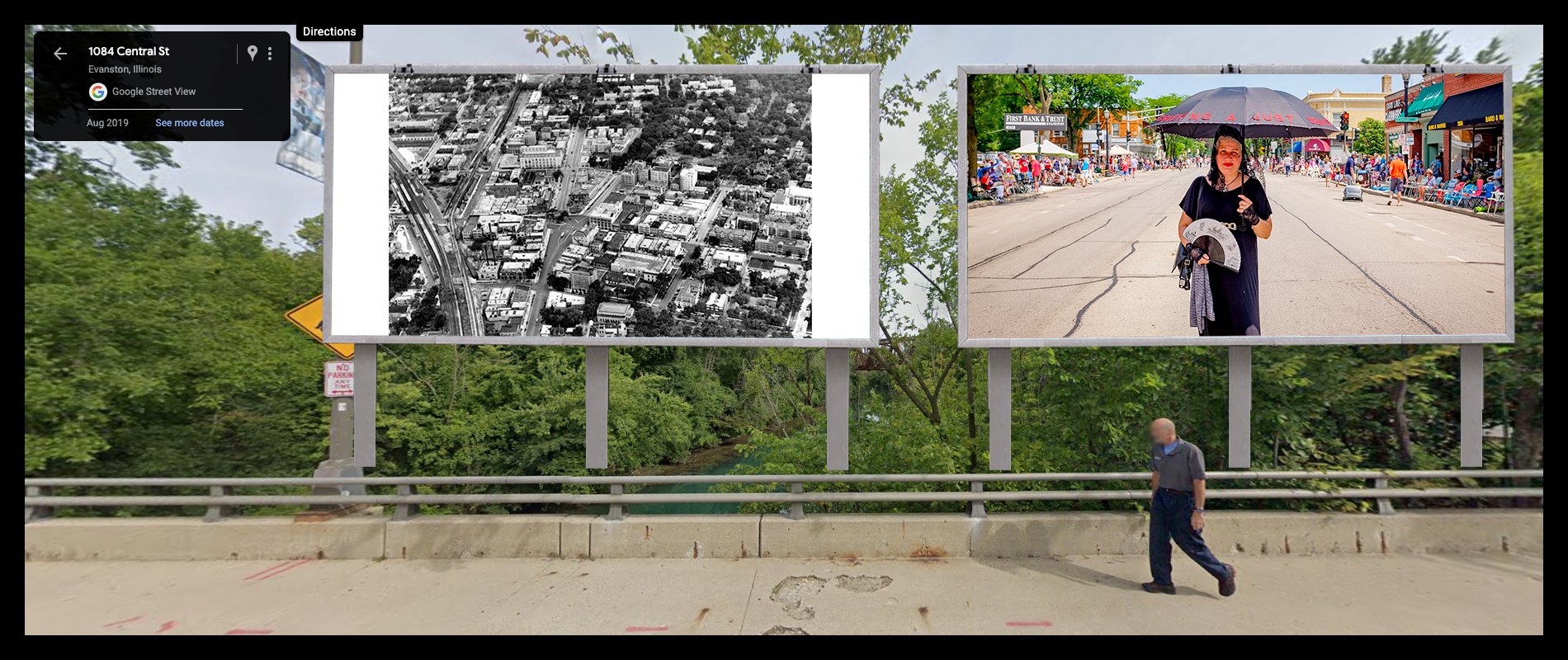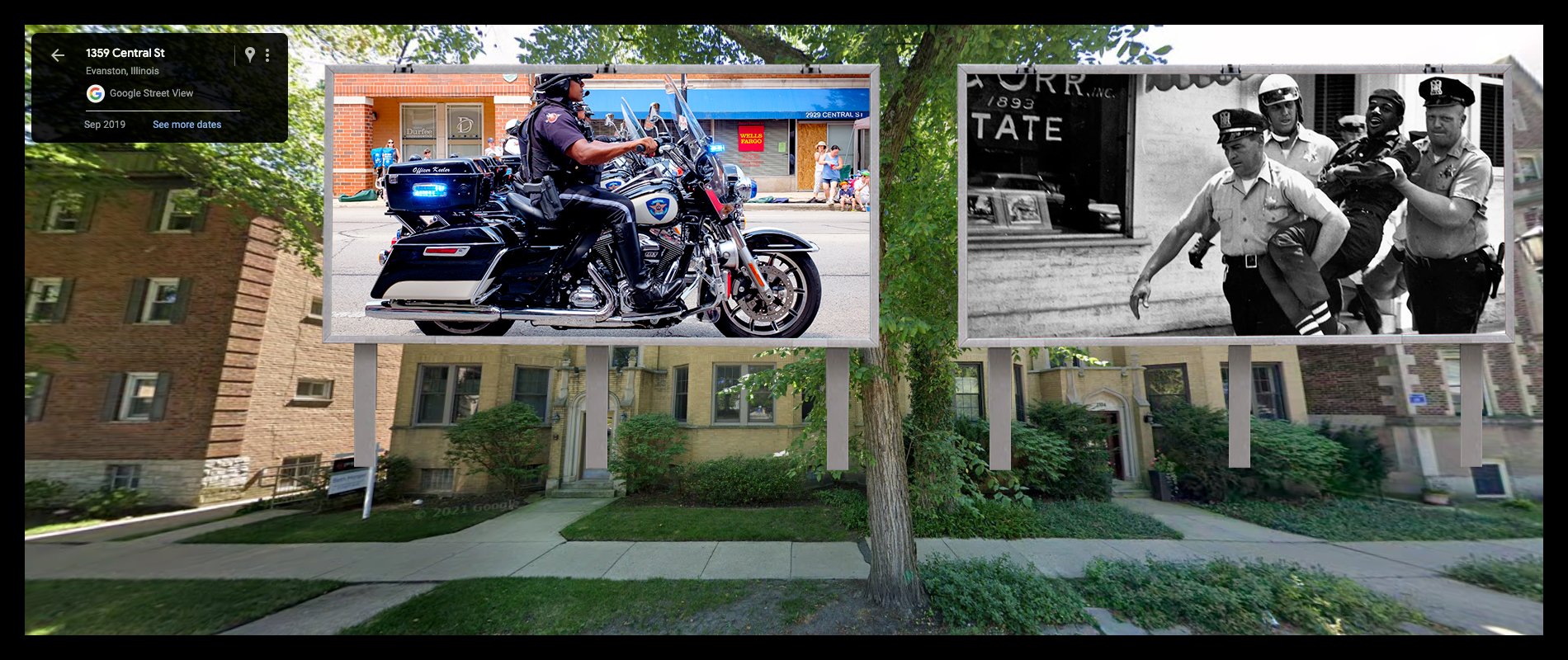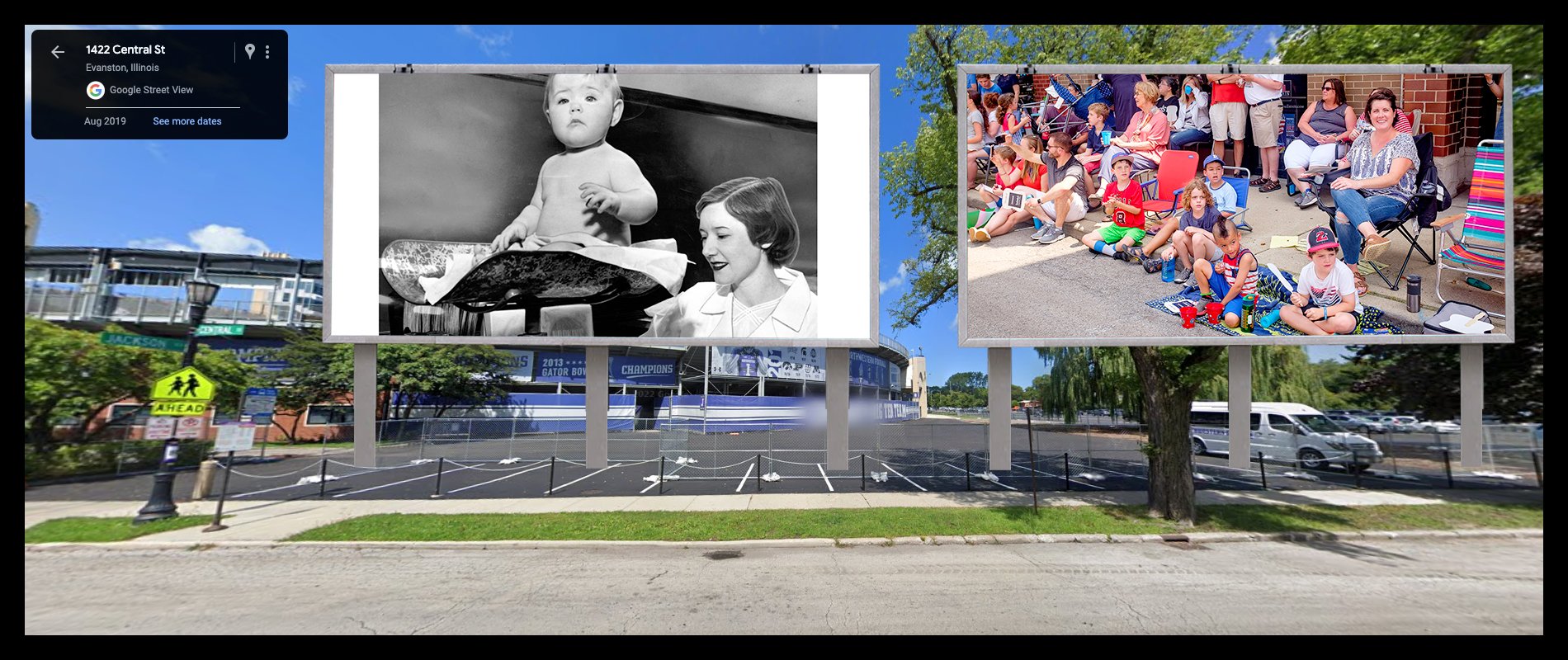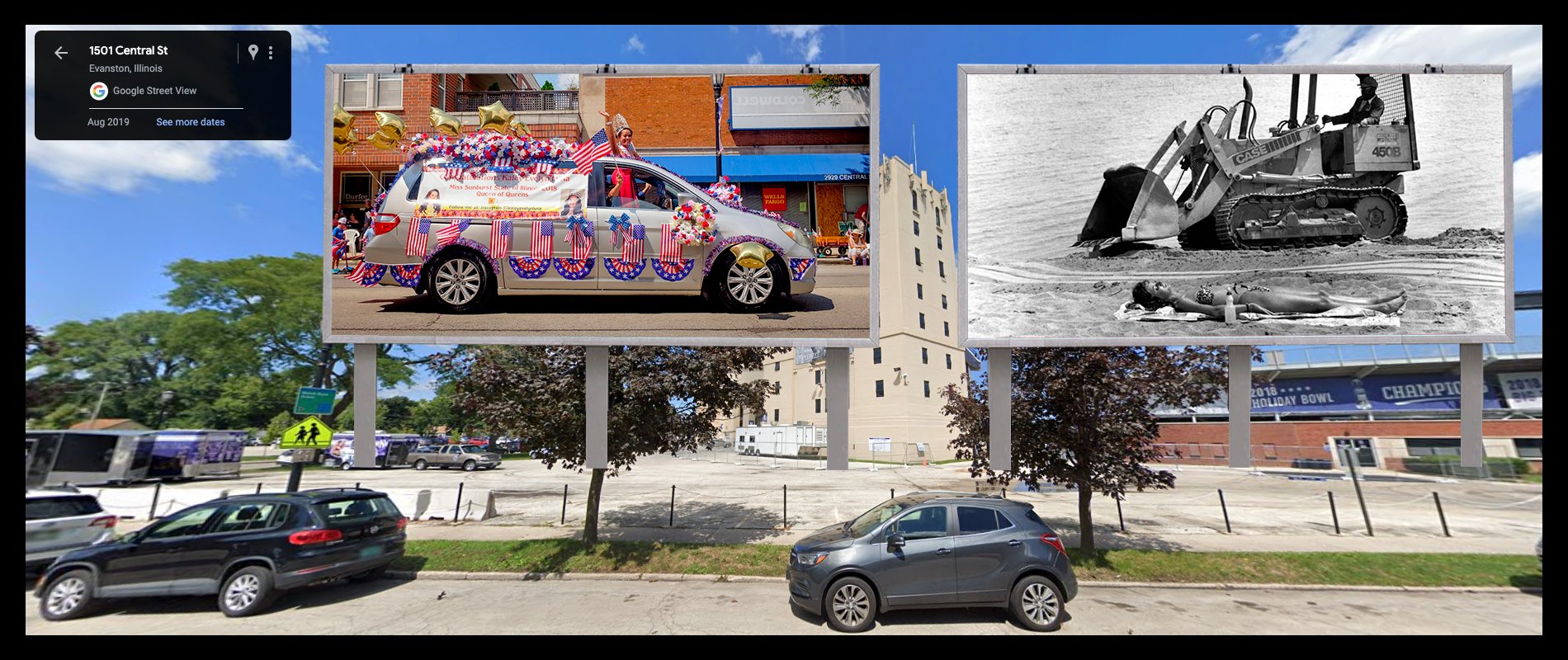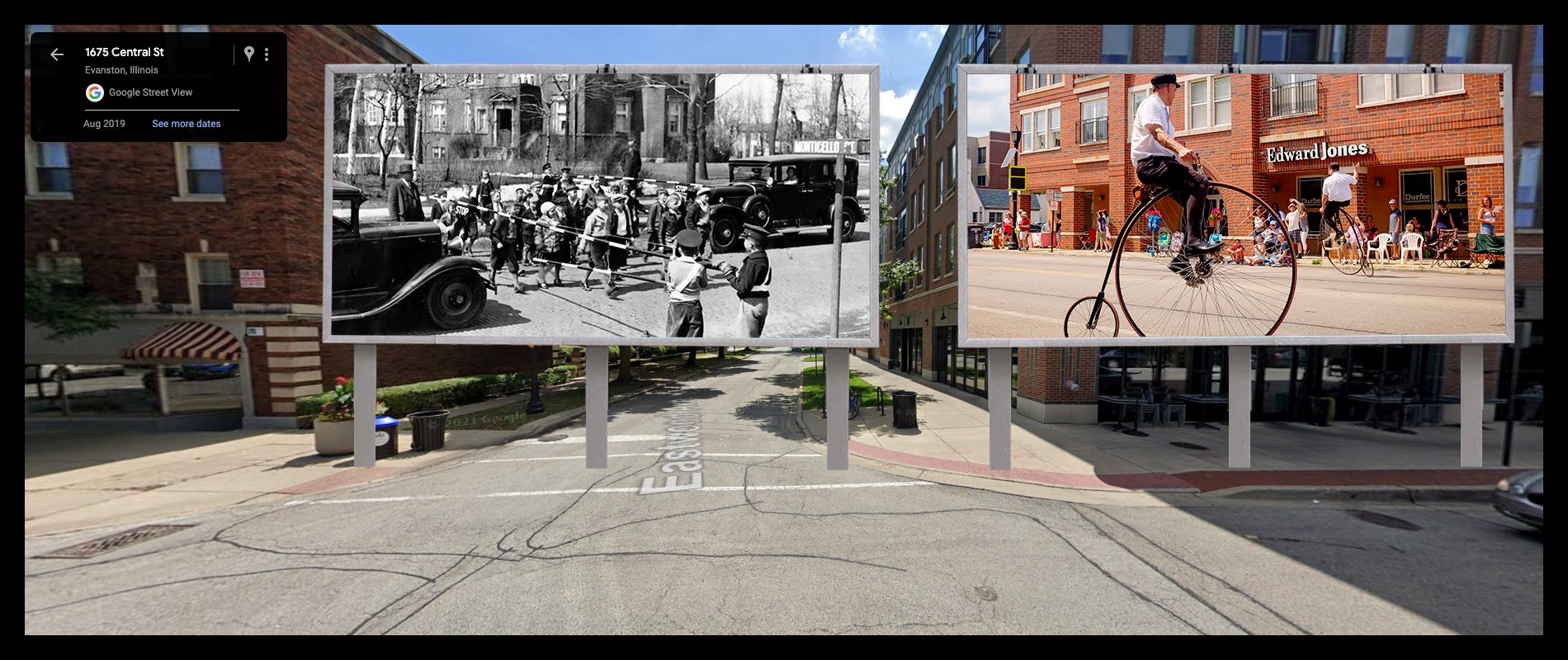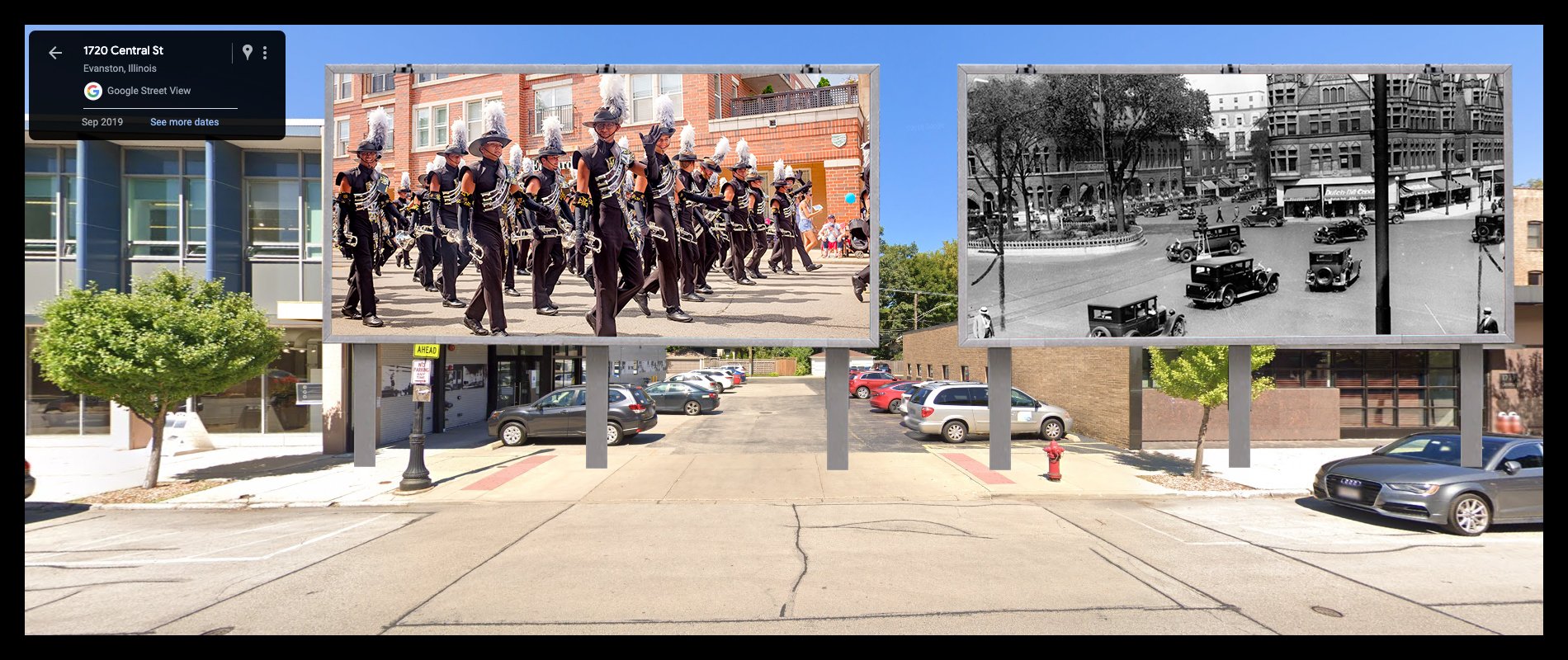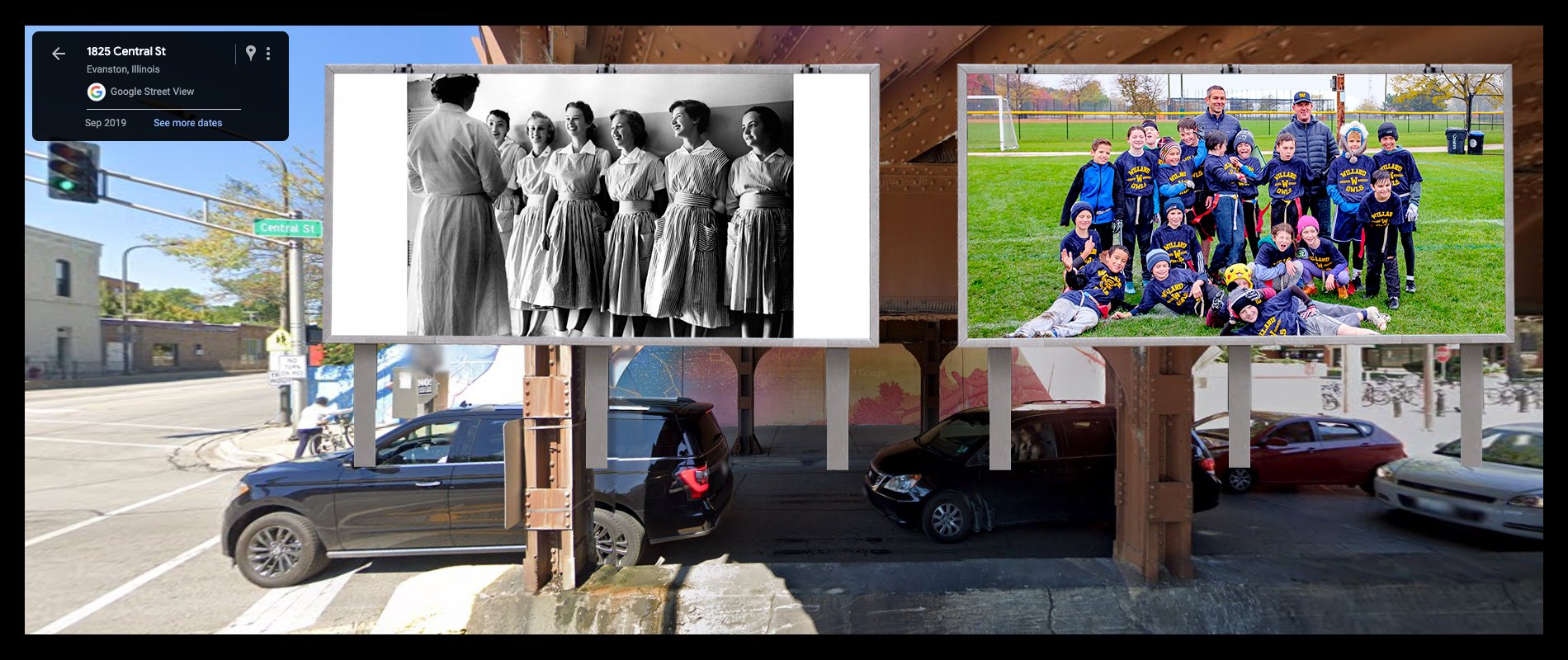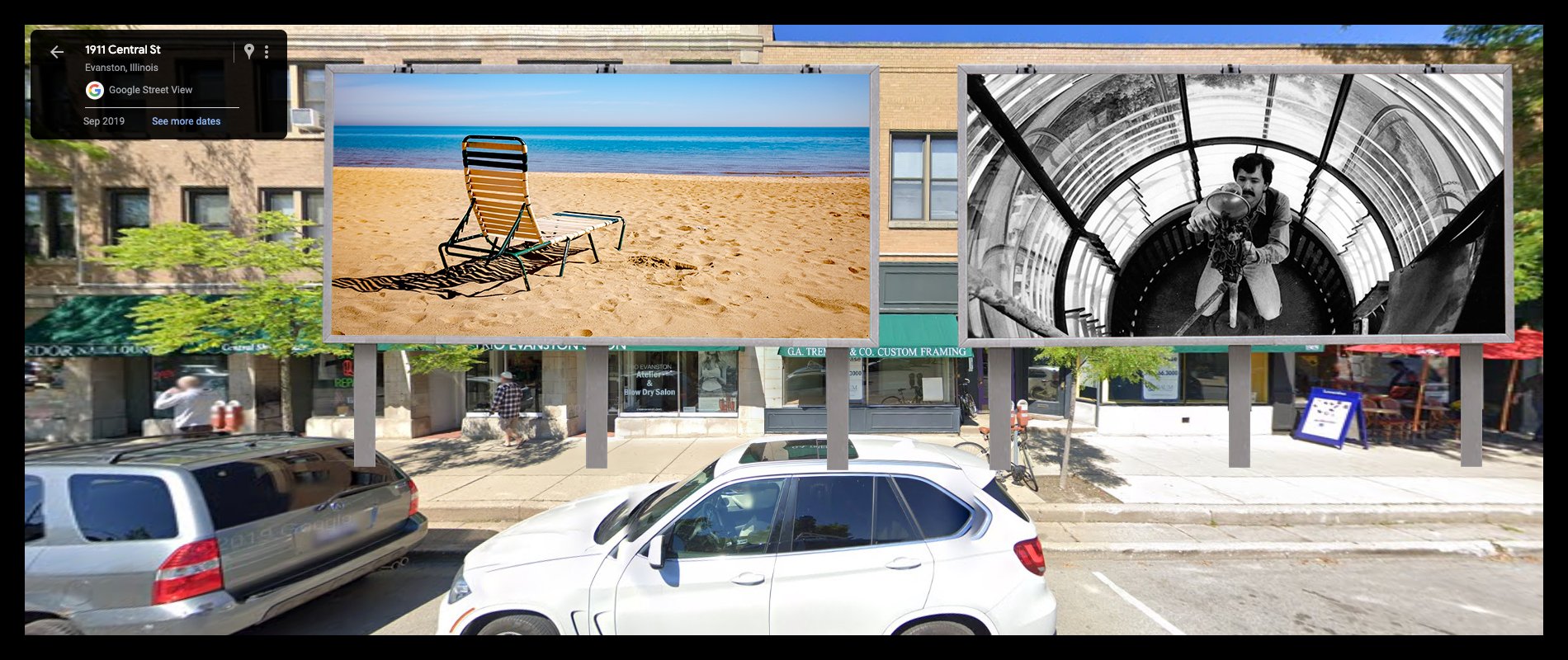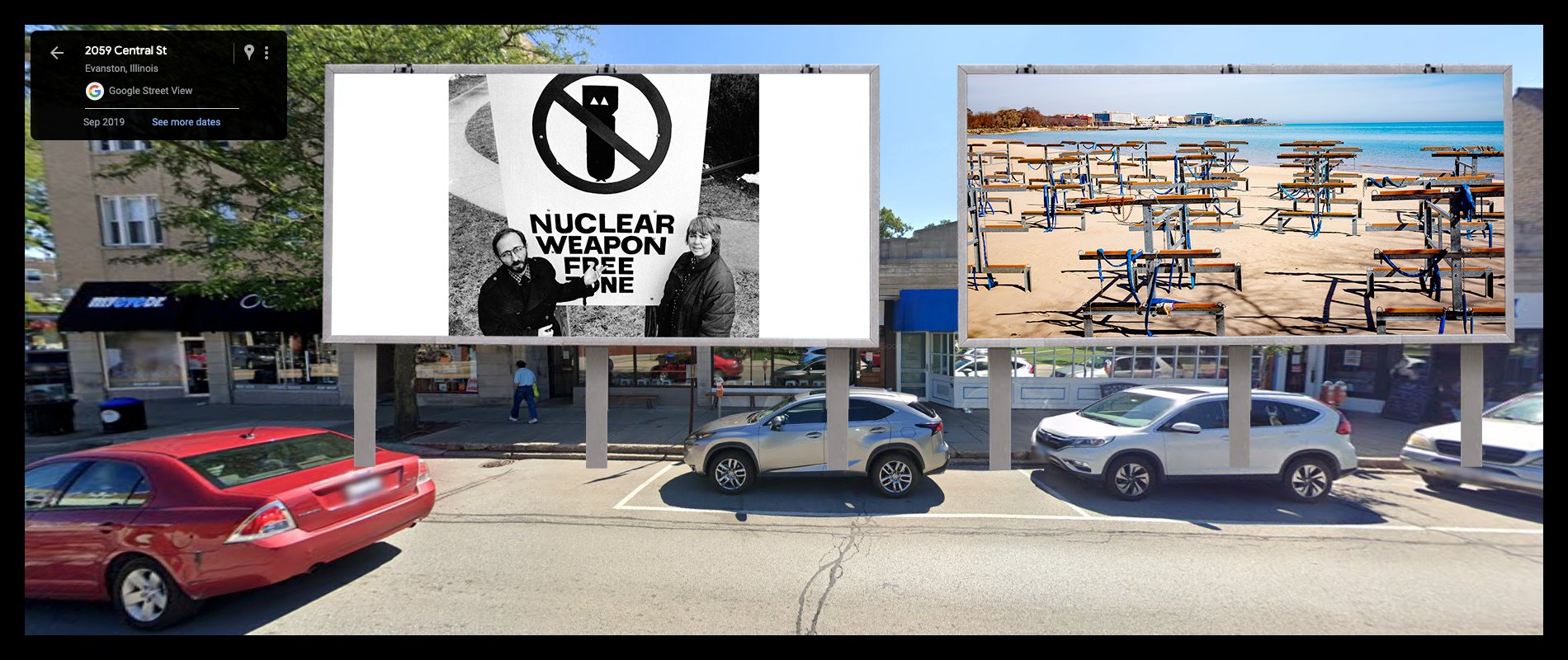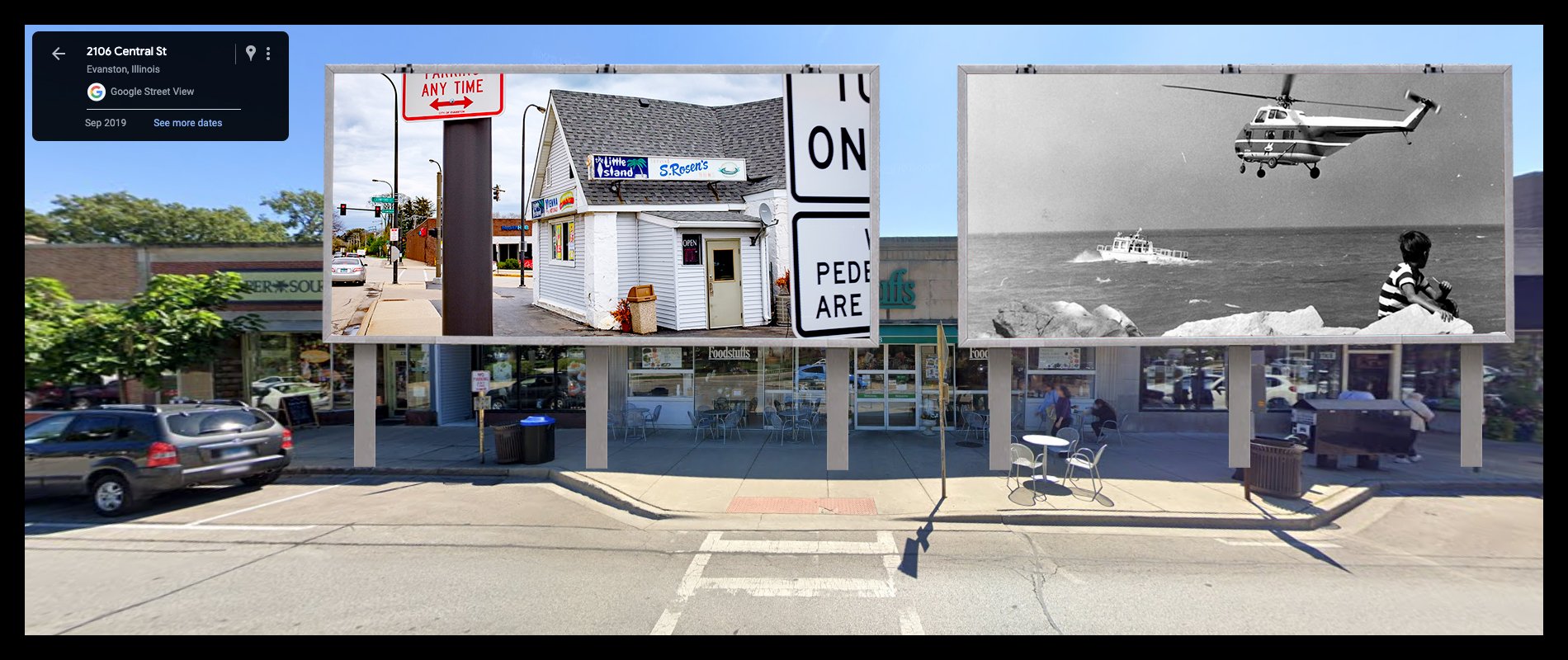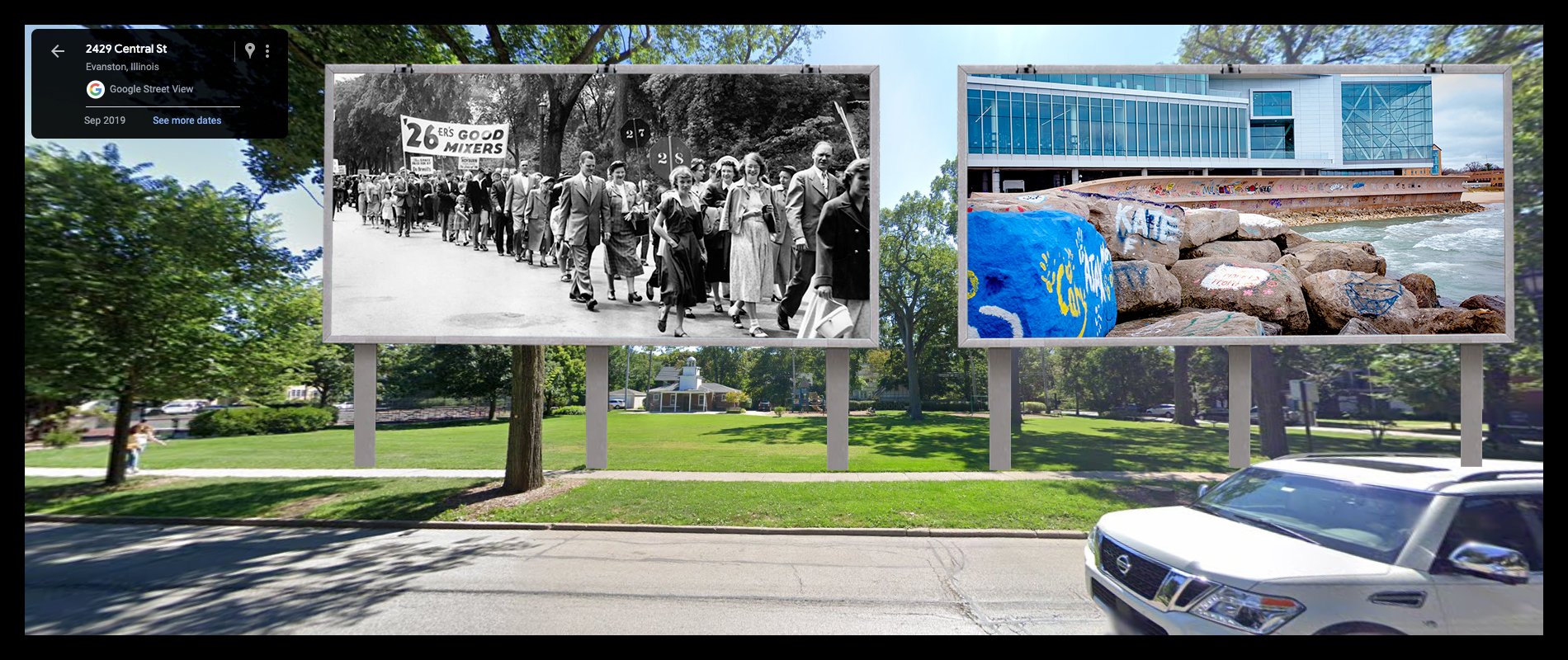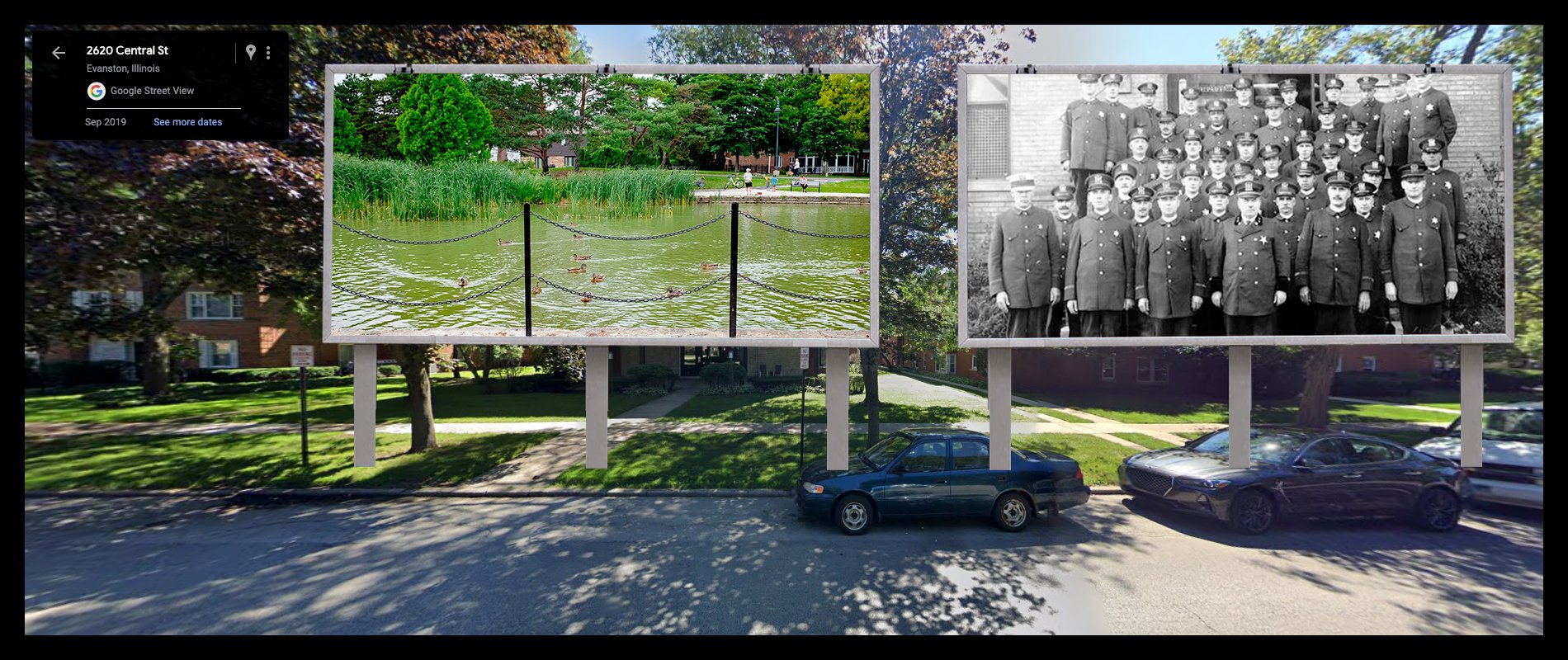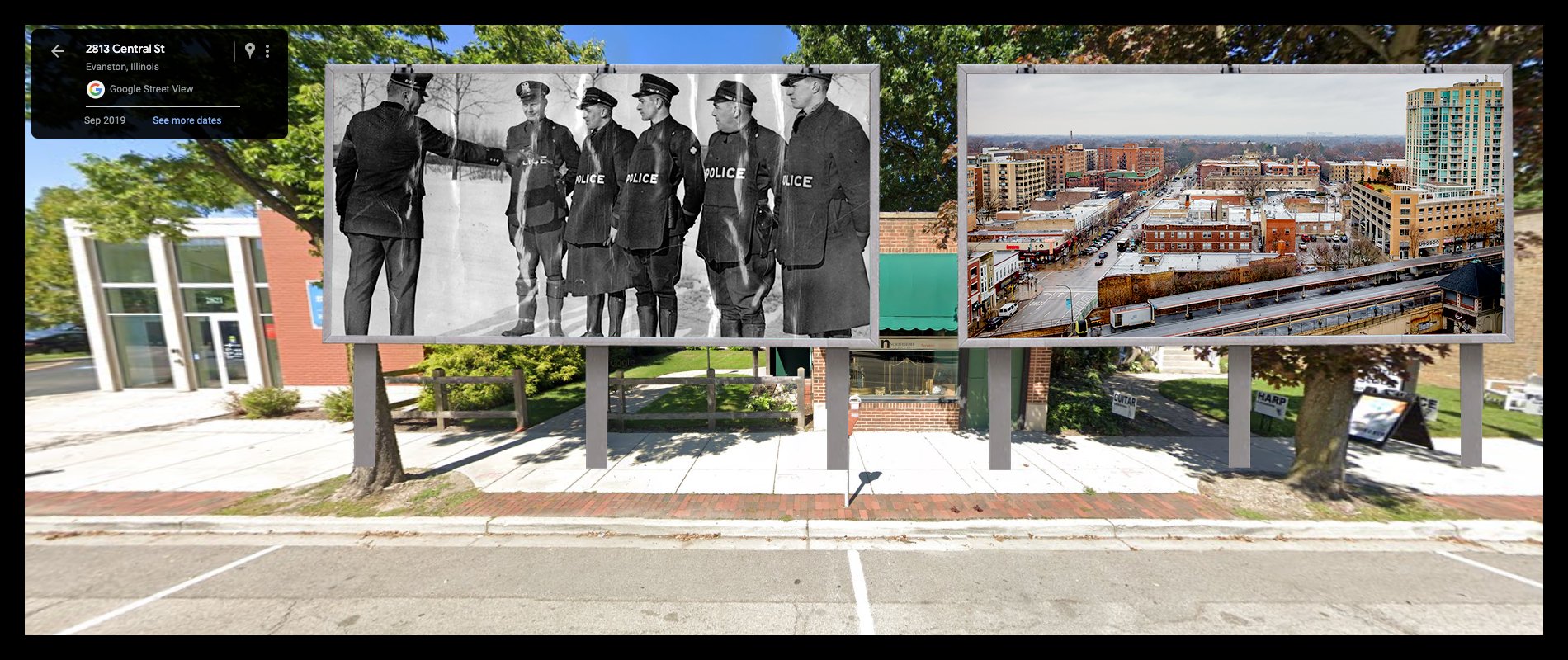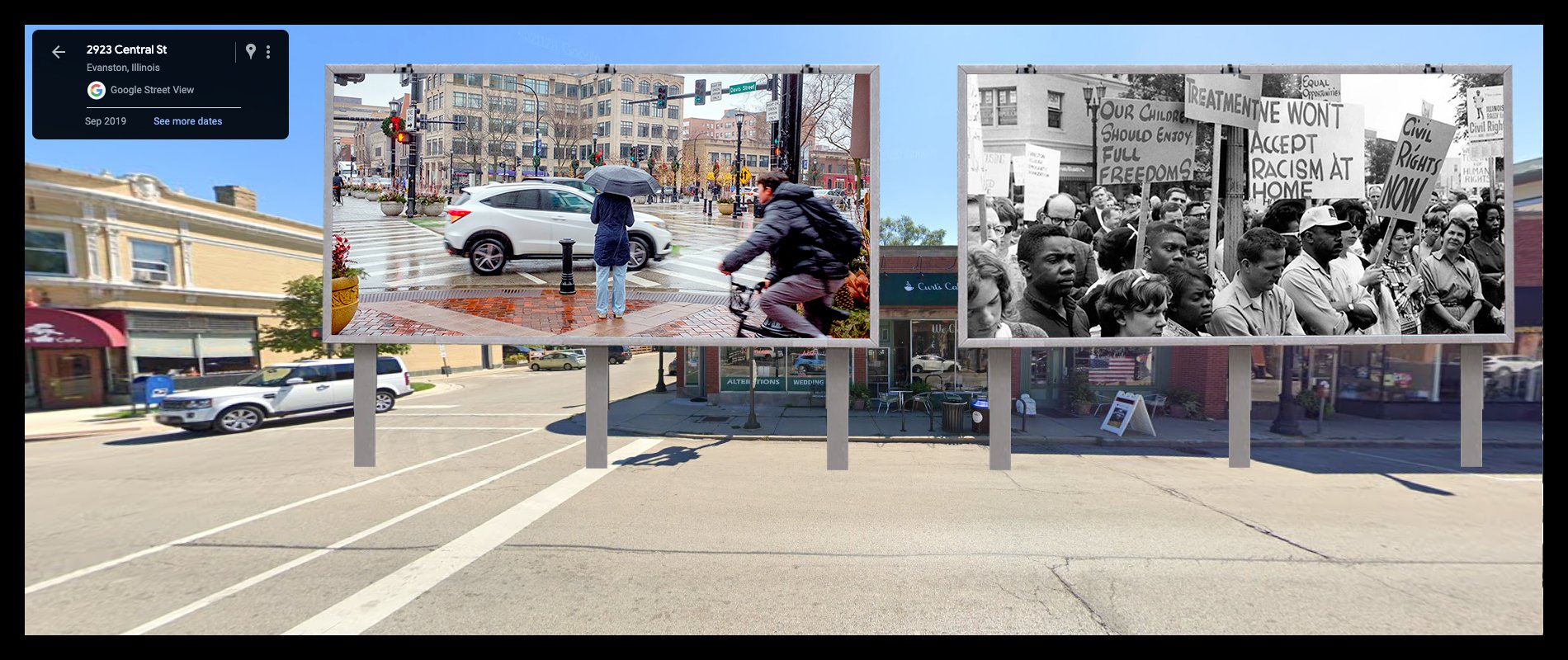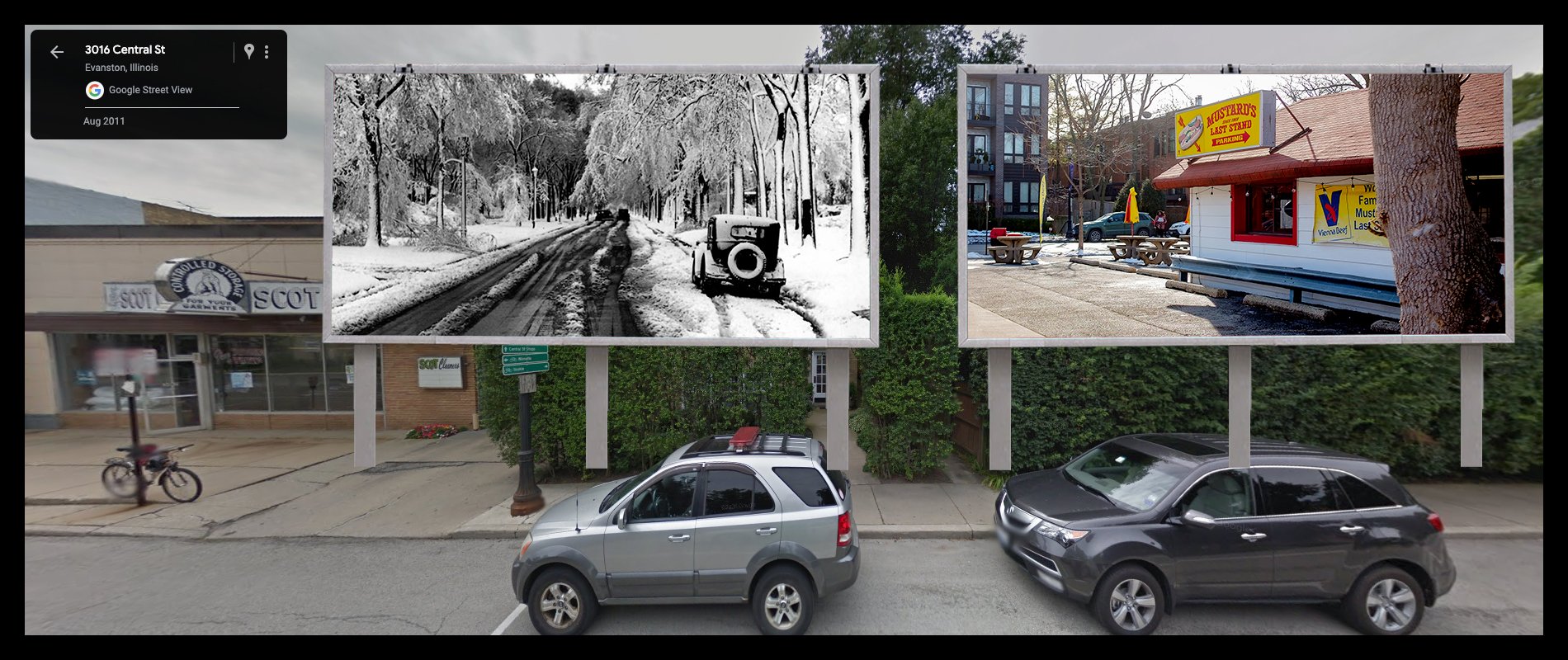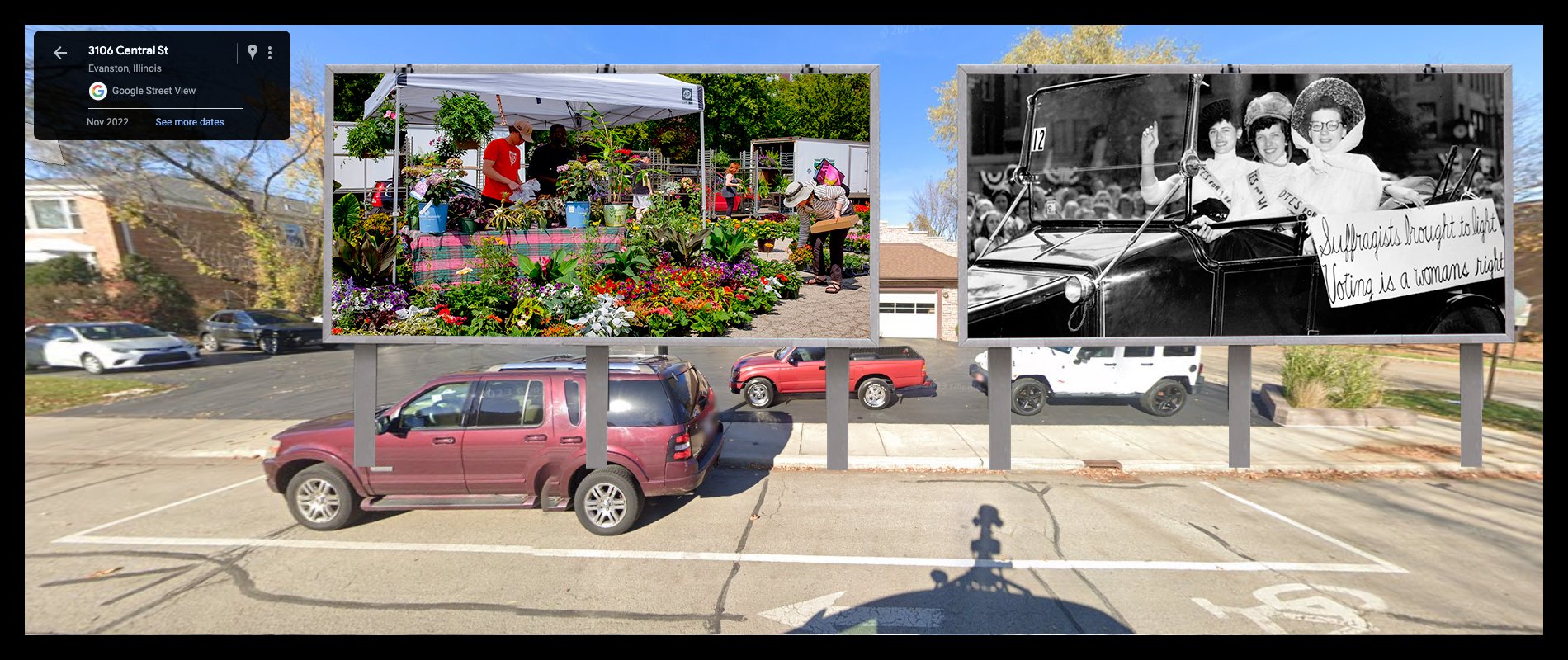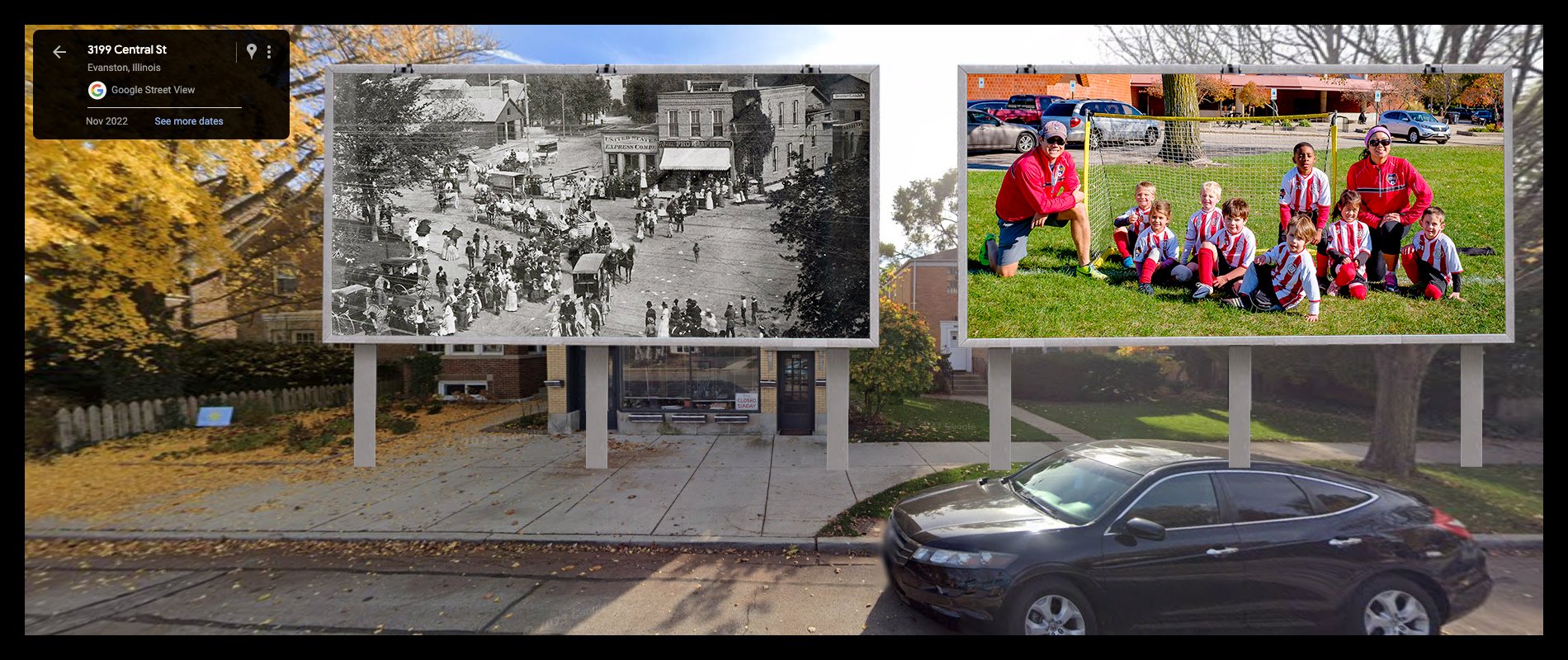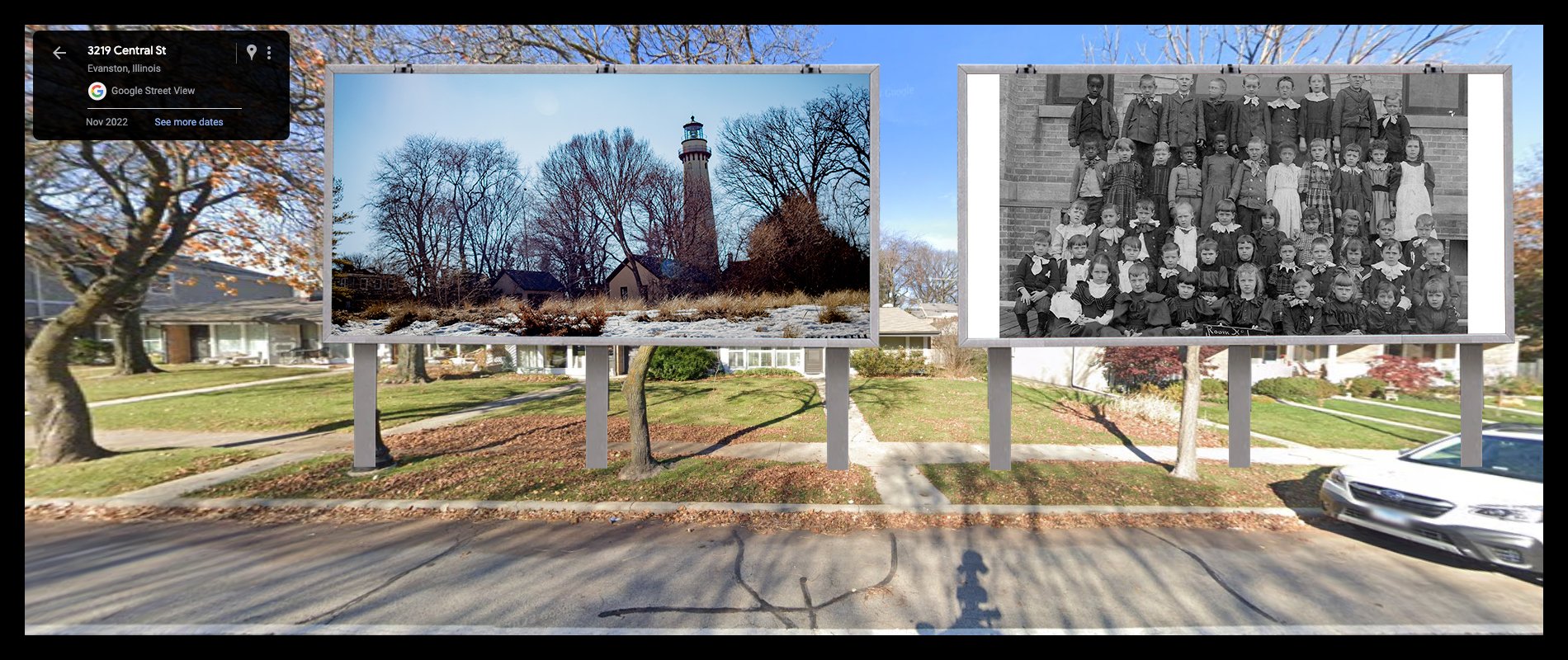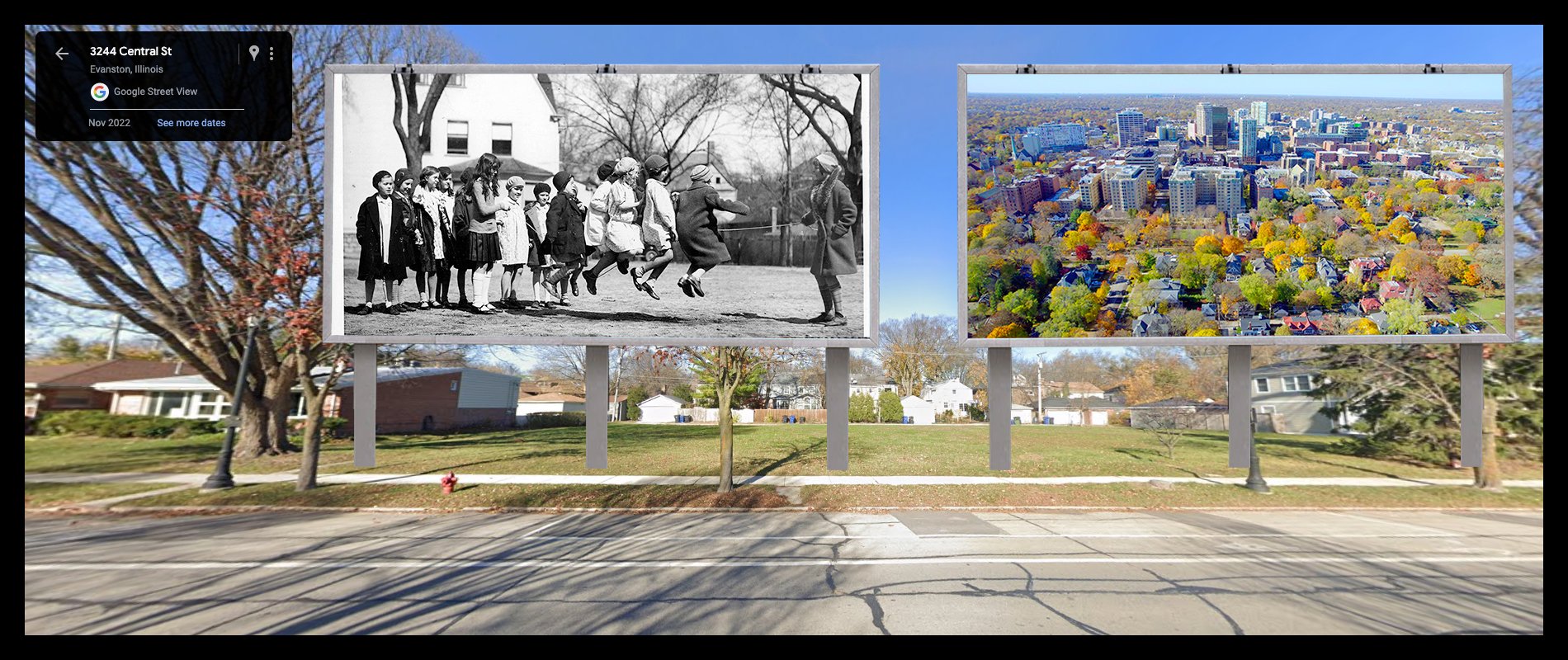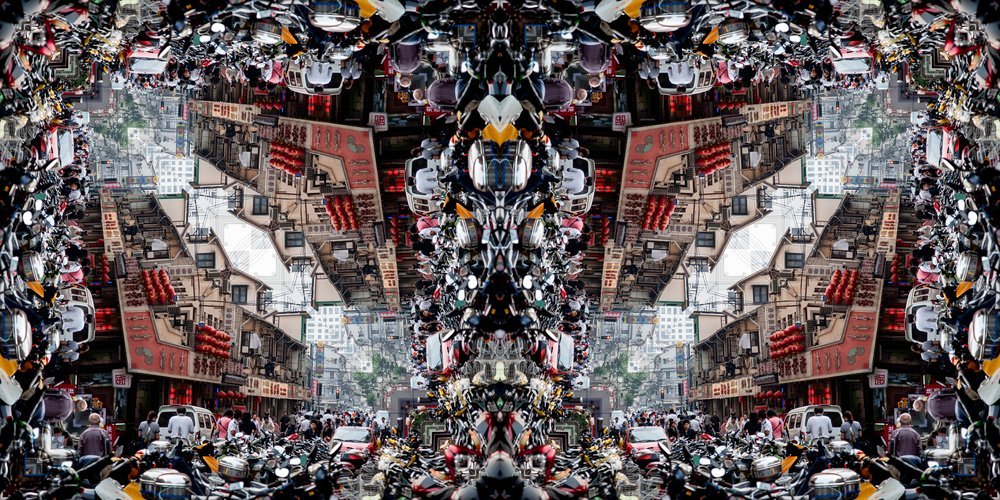My reflections on the class Curriculum Planning and Assessment in Art Education - Art Education 7607 SP 2024 taught by Dr. Shari Savage could not be more positive. By using peer feedback and encouragement, I could do something I haven’t done yet as a teacher or mentor and that is develop full units of study in a comprehensive and (above all) cohesive way. Before this class, my units development was based in my own studies that varied little with my own input. Much of my curriculum creation was based in what I had studied. With the help of this class, I was able to weave into the instruction, my own experiences and thoughts from the beginning and not wait until the actual class time to add my two cents.
Before this course, I was basing my teachings on what I felt was quality curriculum and I lacked a standardized methodology to measure, not only my students output within the class, but the quality of the class itself. Through readings and class feedback, I could step back and see where my curriculums lacked insight, interest, and connection with the students and I could see where my own grading systems were flawed and uneven.
The biggest take away for my own process is that I now have the ability and foresight to create a map of learning outcomes for each assignment and with enough planning, I can match those outcomes to each student’s projects so that they can be graded equally. This class, essentially, has offered me a way to create an engaging curriculum as well as a plan to see how students retained the information given. This class has provided a number of practical tools for me moving forward with my career.
Although these readings could be used in many different settings, the overarching message that is held aloft in this class is that it is up to the teachers to put their best foot forward to take art education forward. Each article is loaded with ways that teachers can make a difference in moving away from cut and dry technician teaching to curating and engaging material that keeps their students thinking and striving to create work that represents their ideals and passions. These articles and class have been presented to push new art teachers away from the cookie-cutter and uninspired past and into the malleable, positive, representative, and forward progress of the future.
Annotated Bibliography:
Buffington, M.L., Bryant, A. (2019). Changing Practice: Culturally Sustaining Pedagogy in Art Education. National Art Education Association, The Journal of the National Art Education Association, Jan 2019, V. 71
Buffington makes a great argument for teachers to search harder for finding art lessons that are more diverse in their teachings. Buffington makes a point that teachers need to dig deeper than the skin-deep searches on Pintrest to find more diverse lessons for their students. Many of the top searched lessons on Pinterest that teachers default to do not promote diversity but create harm by simplifying it. “These projects are not celebratory, but trivializing. They reduce complex cultures to simple projects aimed at a reproducible, usually cute, product.” (Pg. 22)
Desai, D. (2020) Educating for Social Change Through Art: A Personal Reckoning. Studies in Art Education. 61:1. 10-23.
Desai makes a splendid case that creating art can be a source of power and a voice when creating change through social justice. By breaking down Western epistemologies within art and design is opening of the flood gates to realizing how powerful art can be as a tool for social justice. Art can be used to challenge social norms and take a stand against social hierarchies. "Art in its representational form can affect politics by serving as a moral witness to gross inequities and state-sanctioned atrocities." (Pg. 15)
Sawyer, A.G., Dredger, K., Myers, J., Barnes, S., Wilson, R., Sullivan, J., Sawyer, D. (2020). Developing Teachers as Critical Curators: Investigating Elementary Preservice Teachers’ Inspirations for Lesson Planning. American Association of Colleges for Teacher Education,
Vol. 71(5) 518–536
In this article, the authors treat lesson planning less as a culmination of facts to be bundled together to be learned and more as a curation process of ideas to be presented and shared. This is a major shift from technician-style teachers delivering a memorized lesson with very little to no deviation from the plan to curation-style teachers who collect ideas and present them in an ever-changing way by continually adapting the lessons to best meet the student needs. "Being a curator of content means going beyond choosing an activity from Pinterest just because it has a lot of pins or assuming that an activity is developmentally appropriate just because a CT suggested it." (Pg. 533)
Wilhelm, J.,D. (2012). Essential Questions. Scholastic Instructor, Holiday 2012.
Wilhelm writes that leading students to the ask more questions is an essential key to keeping students engaged in the subject. Wilhelm states, that we keep students energized and engaged by asking essential questions. For students, distilling larger ideas into essential questions then framing them in a way that connects with the students, leads to longer discussions and more specific questions that keep the students wanting more information. "An essential question frames a unit of study as a problem to be solved." (Pg. 25)
Ploof, J., Hochtritt, L. (2018) Practicing Social Justice Art Education: Reclaiming Our Agency Through Collective Curriculum. Art Education. 71:1, 38-44
Ploof and Hocktritt agree that it is impossible to study art and social justice without participating in the process. By presenting the ideas behind social justice art, teachers are offering their students fodder to create their own voices in the art world. "practicing social justice art education is not an individualistic academic exercise but a dynamic collective process in which art, education, and action are interwoven." (Pg. 39)
Winner, E., Hetland, L., Weenema, S., Sheridan, K. (2006) Studio Thinking: How Visual Arts Teaching Can Promote Disciplined Habits of Mind. New Directions in Aesthetics, Creativity, and the Arts (189-205). Amityville, New York: Baywood Publishing Company, 2006.
The authors present their findings for whether studying art can help students score better on testing from reading to mathematics to sciences to writing. Most of the findings show that it is inconclusive evidence to prove these theories one way or the other. While there are no silver bullets in the studies, the authors do land on some amazing discoveries about studying art. "Thus they are teaching their students to focus and develop inner-directedness. They teach them to break out of ruts and blocks and to feel encouraged about their work so that they are motivated not to give up." (Pg. 12)
Smilan, C. (2016) Developing Visual Creative Literacies Through Integrating Art-Based Inquiry. The Clearing House. 2016, V 89, Nos. 4-5, 167-178.
Smilan ties the ability to think creatively and to effectively communicate said creative thinking is a prerequisite for living in the 21st century. Even though the mediums have changed within creating art (painting with brushes versus digital creation), Smilan argues that much of the basis for art remains the same. And against much of the old-school thinking, Smilan argues that creative thinking permeates all walks of life and that teachers from all curriculums should engage in art-based practices. "What remains a constant in this educational reconstruction is the essence of arts-based teaching and learning: the situational ability to analyze, integrate, conceptualize, and [re]create." (Pg. 176)
